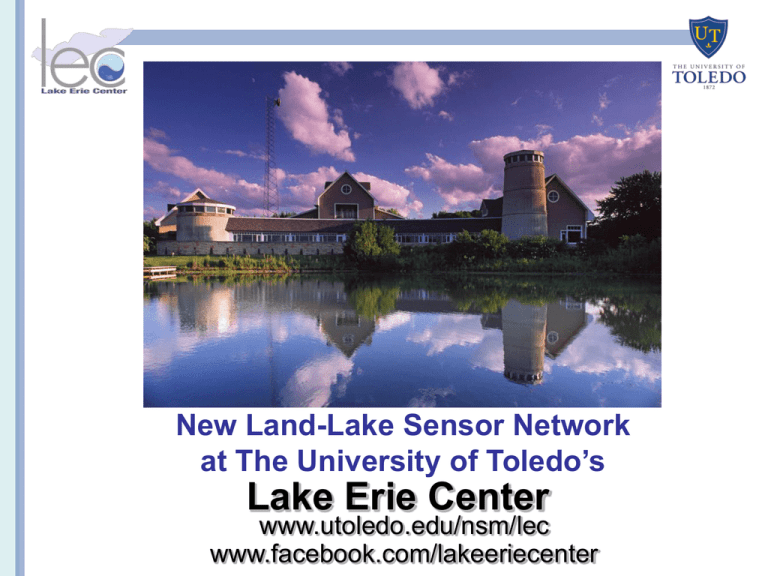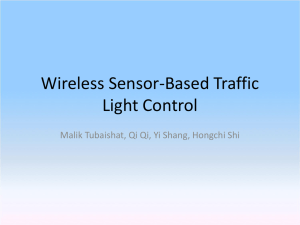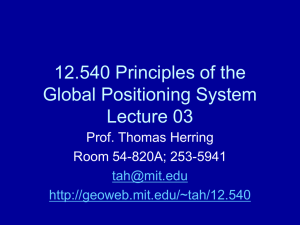Lake sensor network - University of Toledo
advertisement

New Land-Lake Sensor Network at The University of Toledo’s Lake Erie Center www.utoledo.edu/nsm/lec www.facebook.com/lakeeriecenter Setting: Lake Erie Ecosystem Today • Lake Erie is the shallowest & most productive of the GL with the largest watershed • Heavily impacted by agriculture & industry • Houses the world’s largest freshwater fisheries walleye, yellow perch & smallmouth bass • Harmful algal blooms, declining habitats, E. coli, sedimentation & invasive species are growing concerns • Our Lake Erie Center programs are dedicated to developing & implementing solutions LEC Environmental Research Developing Hands-on Solutions to key environmental problems at the land-lake ecosystem interface Multidisciplinary cutting-edge scientific and engineering tools: DNA & acoustic tracking of fish stocks (NOAA, USEPA) HAB monitoring (NOAA) Lake sensor network (NSF, USFS, USDA) eDNA to track invasive species (NOAA) Bioremediation (USDA) Artificial wetlands (USEPA GLRI) Education & Outreach Programs: NSF Gk-12 “Graduate Fellows in High School STEM: An environmental Science Learning Community at the Land-Lake Ecosystem Interface” -2012-13 focus on the sensor network data Monthly Public Lecture Series NSF URM Undergraduate Research & Mentoring Sensor Network Faculty Team: Dr. Jiquan Chen (Carbon flux data) Dr. Kevin Czajkowski (GIS) Dr. Tom Bridgeman (HABs, water quality) Dr. Ricky Becker (remote sensing) Dr. Carol Stepien (integration, education) New LEC Land-Lake Sensor Network Lake Sensor equipment funded by NSF FSML Builds off Dr. Jiquan Chen’s land sensor network Working Framework for our Sensor Network Sensor Network Station Designs Route of the LEC VesselMounted Flux Tower • Through the Microcystis algal bloom at the estuarine of the Maumee River • Through the sedimentary flow south of the Detroit River • Measurements taken near permanent stations in the Western basin (PermS1, PermS2) Preliminary Data from Marshland (coastal wetland) versus Cropland (agricultural field) Sites • Marshland releases evident methane during the day • Cropland releases methane during the day and uptakes small amounts during the night • The orders of methane fluxes are much smaller in the cropland than in the marshland • (Data from LEES Lab, Dr. Jiquan Chen)











